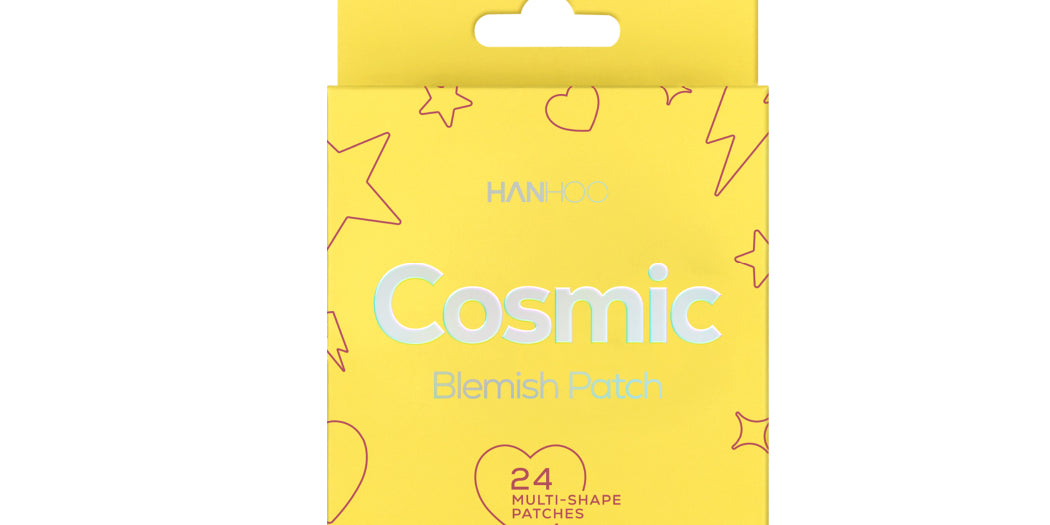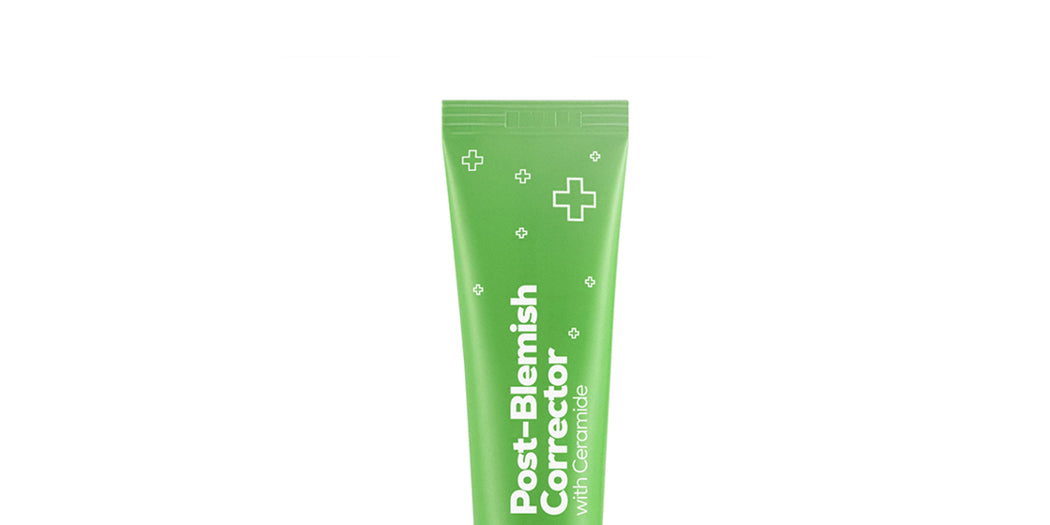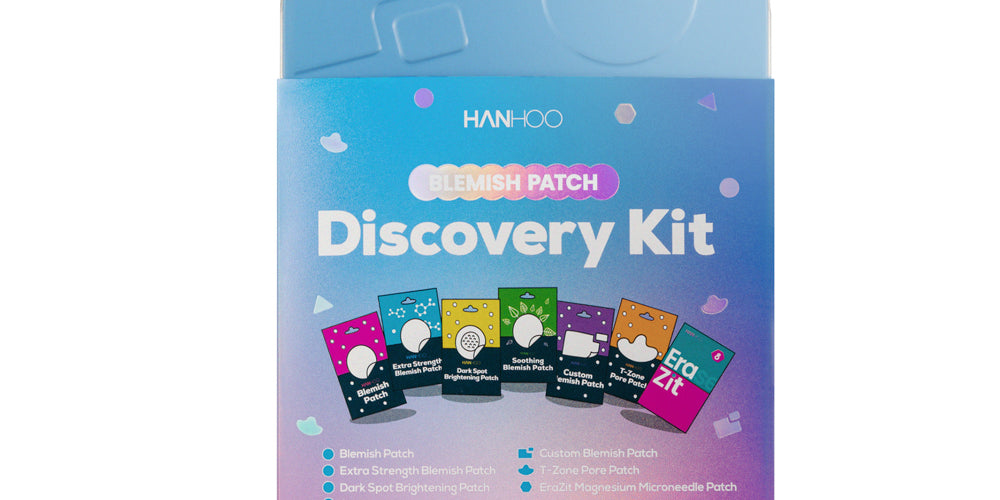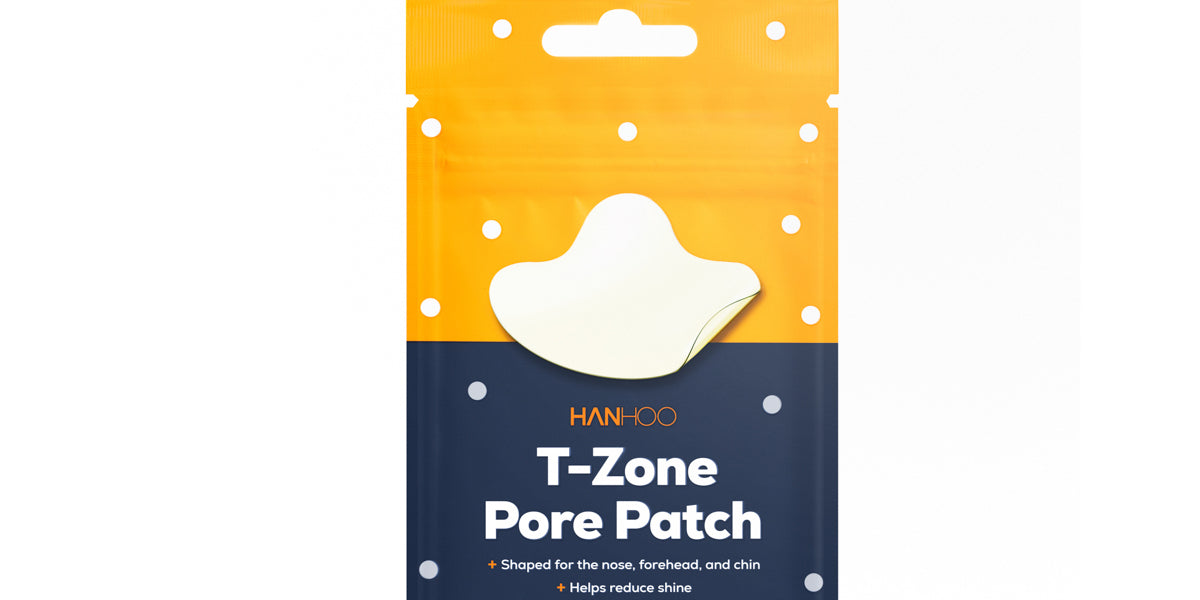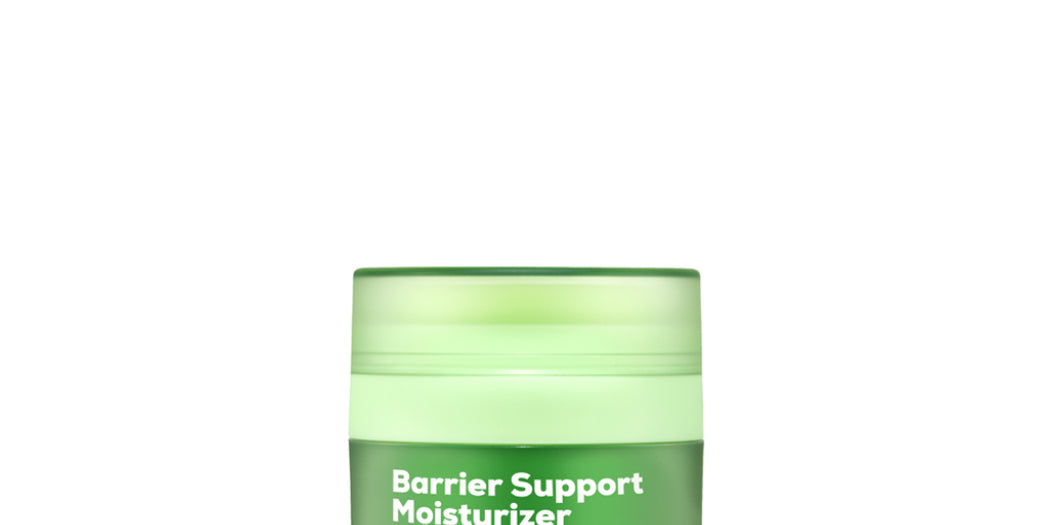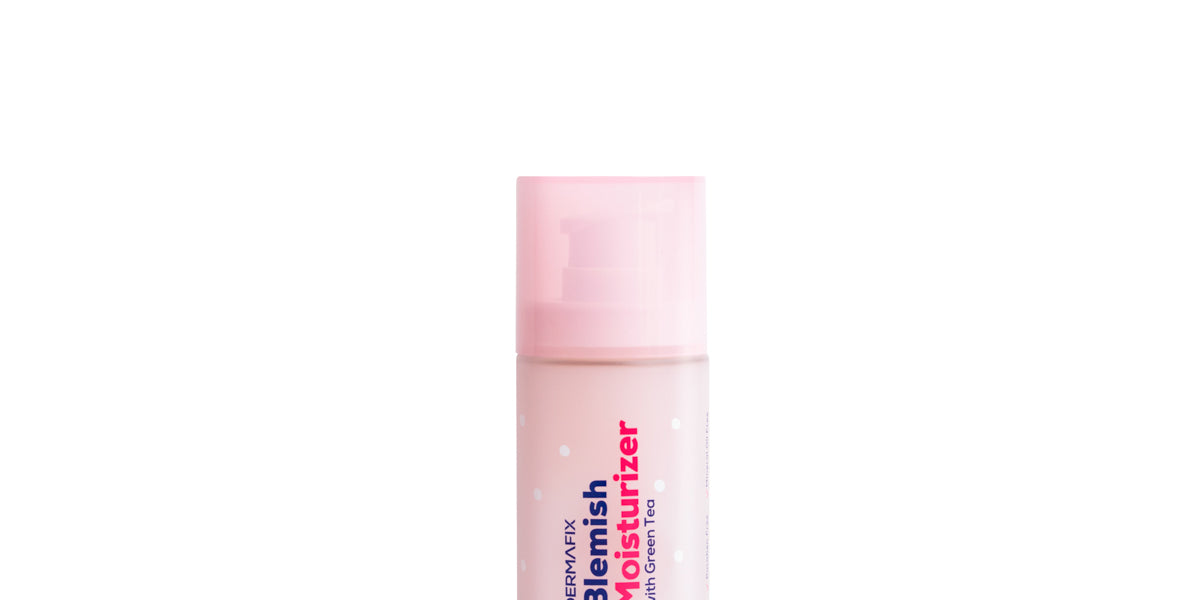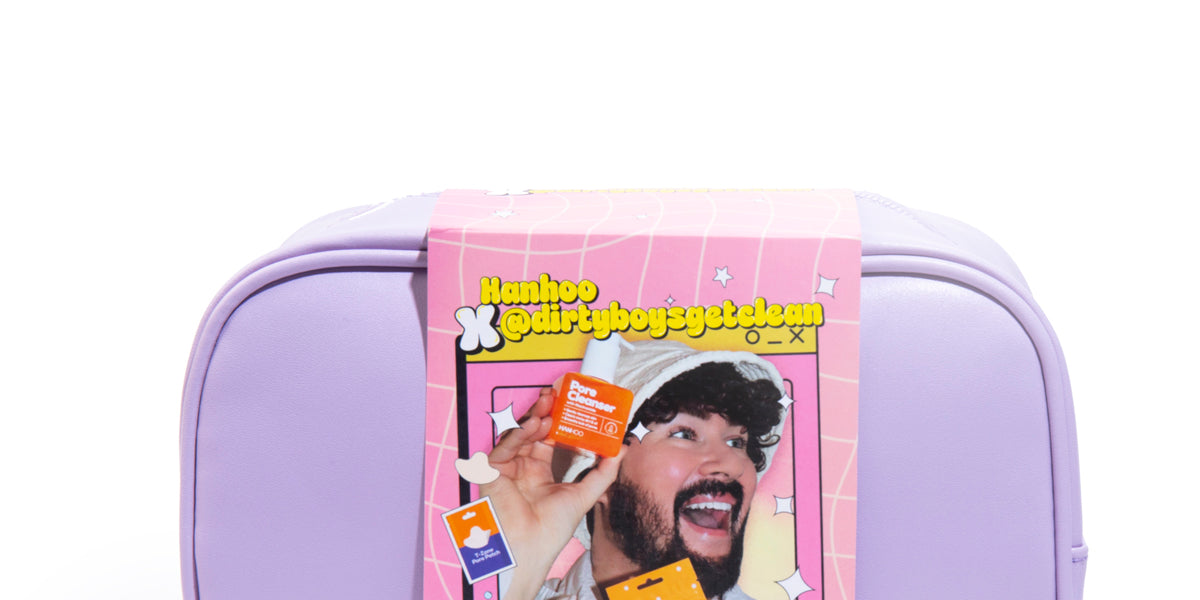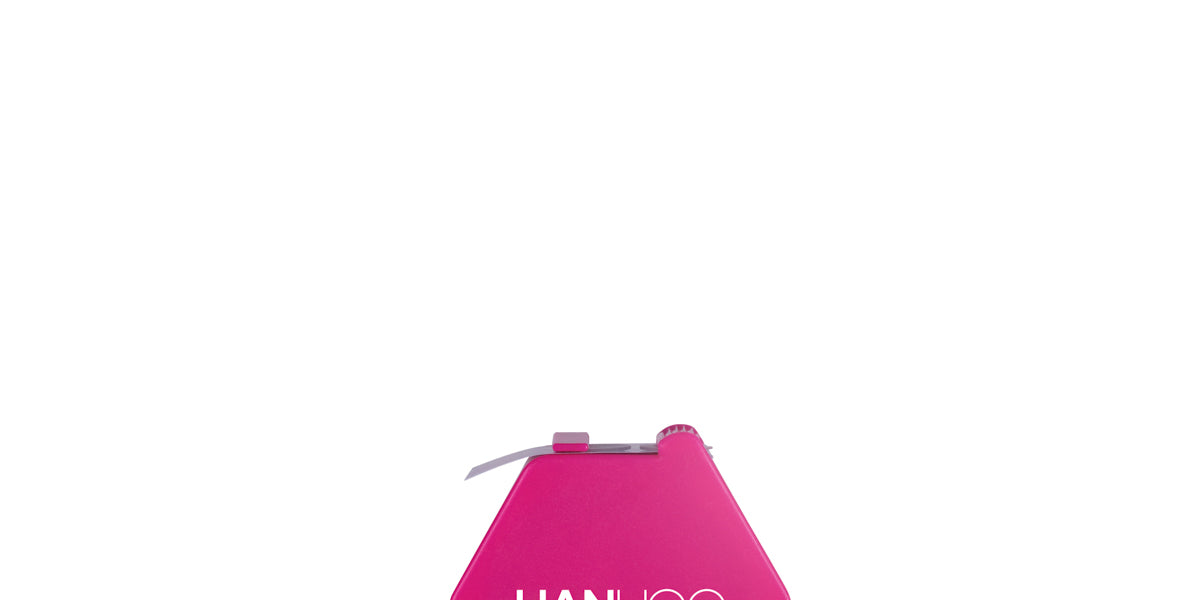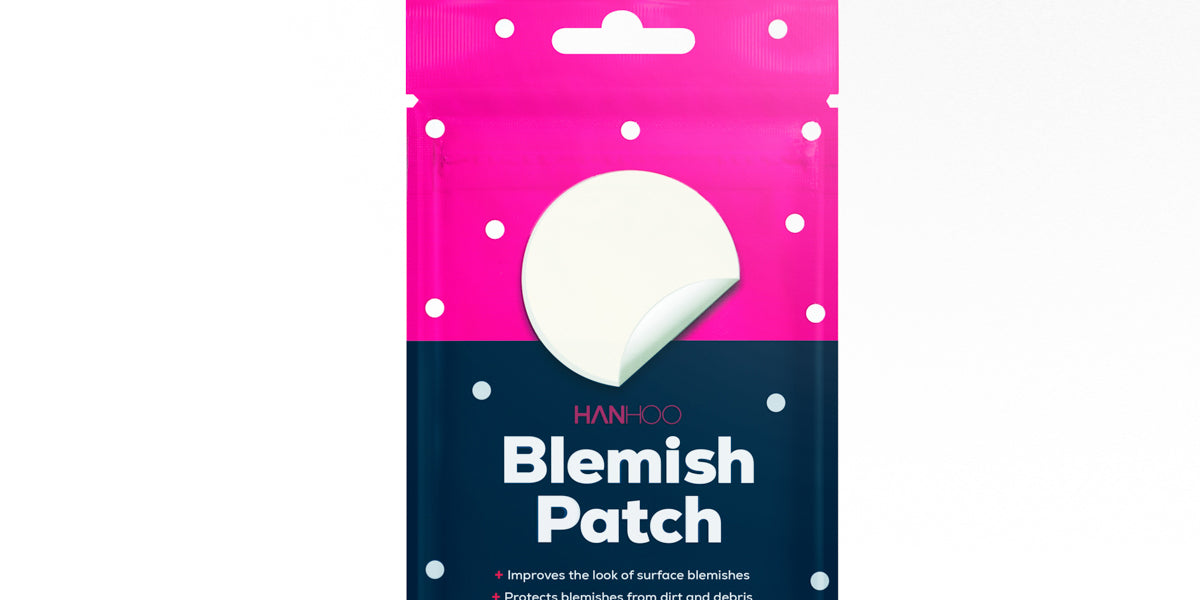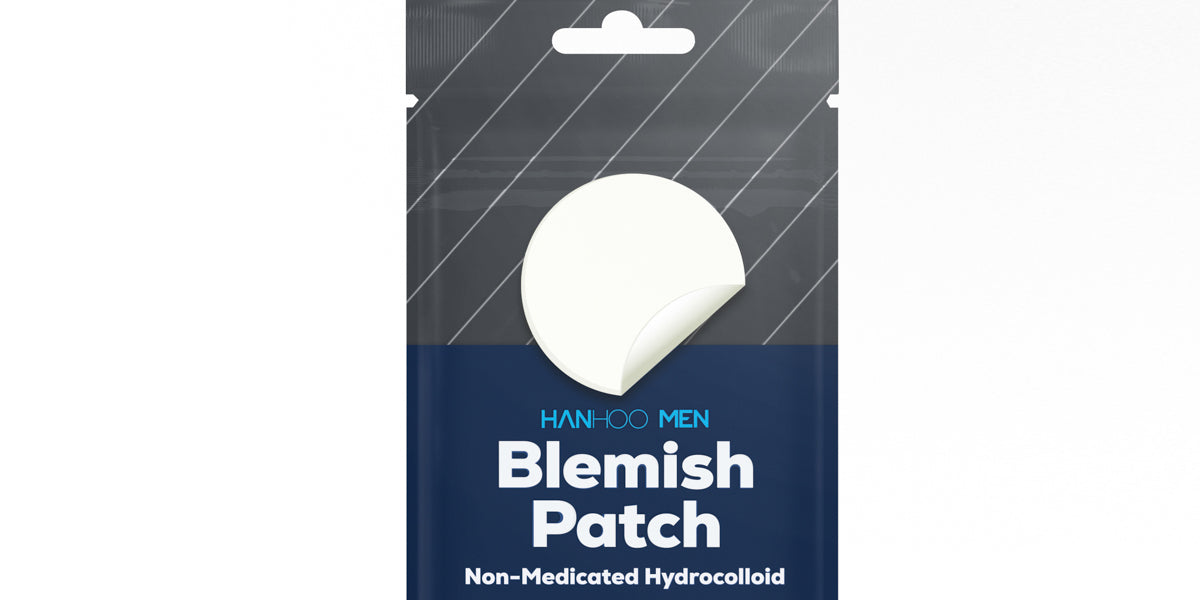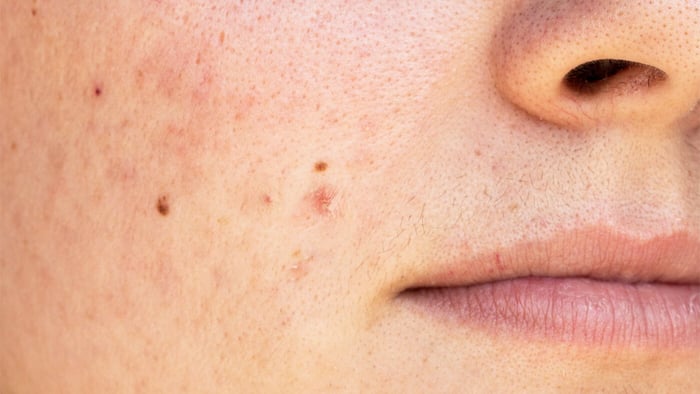If you have oily skin, you most likely at some point in your life have used a toner. Toners are mostly known for sucking up all the grease from oily skin to reduce shine. But, toners aren’t only meant for oily skin types. There are a bunch of different types of toners, including hydrating toners for dry skin (but don’t worry they usually are alcohol-free), and balancing toners for *combination skin.
What are toners for?
Originally, toners were considered to be a second step in the cleansing process. First, you’d start off with your cleanser, then you move onto the toner to remove anything left behind by your cleanser. This is especially helpful if you tend to wear makeup on the daily.
But, toners have evolved to something way more helpful than just a cleansing step in your skincare routine. Toners can help with hyperpigmentation, oil control, balancing skin pH, and so much more.
So, if you are considering adding a toner to your routine and if you happen to deal with the previously mentioned skin concerns, then toners can be a great asset.
How to choose a toner
Toners aren’t exactly a one-size fits all type of deal, so it’s important to make sure that you are choosing the right one for your skin type and skin concern.
For the dry skin types, it’s best to avoid toners with alcohol to avoid further drying out your skin and instead seek out toners that have hydrating properties. For example, check out toners that have Hyaluronic Acid, Rose Water, or Glycerin. As a future tip, look for gentle ingredients that can help tone the skin without drying it out too much and also adding hydration to dry skin (like Rose Water).
For oily skin types, exfoliating toners and toners that help regulate oil production can help get the unwanted shininess in check. If you want to minimize oil and blackheads, toners with AHAs and BHAs can help tone down excess oil and reduce gunk that gets trapped in pores that can lead to breakouts and blackheads. Some ingredients to look out for in toners for oily skin include: Witch Hazel, Salicylic Acid, Glycolic Acid, and Tea Tree Oil.
Lastly, if you have combination skin, you’ll most likely have oily and dry skin on different areas of your face. This typically looks like an oily t-zone with dry patches along the cheeks. This doesn’t mean that you have to buy a separate toner for the dry parts of your skin and another for the oily parts. But you do have to be savvy about the toner you choose. For combo skin, it’s best to look out for toners that have a balance of oil control ingredients and hydrating ingredients. That way, the oil control ingredients won’t dry out the already dry parts of your skin. So, if you want a toner with AHAs and/or BHAs to remove shine, make sure that the toner also has a hydrating ingredient like Aloe, Glycerin, or Vitamin E.
Our Blemish Toner uses Witch Hazel and Calamine to gently remove excess oil and help balance oil production so you don’t look too much like a glazed donut. And, the Aloe in our toner also helps assure that your skin won’t look or feel dry either. So if you have oily skin or combo skin, our toner helps treat the shine without overdrying the skin.

Where does a toner fit in my routine?
Once you find a toner that’s right for your skin type, it’s pretty easy to incorporate it into your skincare routine. First, you start with the usual and cleanse your skin. After you’ve dried your skin, you can apply the toner to a cotton round and gently wipe your skin with the cotton round. Bonus points if you use reusable cotton rounds. And you don’t have to cleanse your skin after applying a toner; it’s meant to stay on the skin so it can work it’s magic. Then you can continue with the rest of your routine as usual.
It’s also important to note the recommended usage of your toner. Exfoliating toners are usually recommended for a one to two time use per week given that AHAs and BHAs can become harsh on the skin if used too frequently. Hydrating toners on the other hand can typically be safely used daily.
If you are still worried about adding a toner to your routine, you can patch test toner on your arm to make sure that it doesn’t irritate your skin and then slowly incorporate it into your daily routine.
*This information is based on research, consult your dermatologist for professional advice

